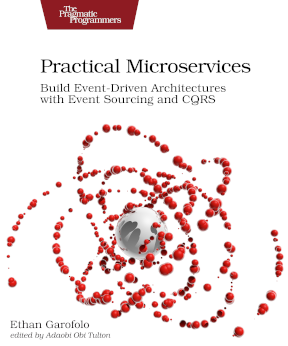It’s the 4th quarter of, let’s say the Super Bowl. You’re the quarterback, and you’re on the other team’s 5-yard line. Naturally, for a story like this, it’s going to be 4th down. There’s no other down it could be. And you’re down by 5.
You devise a plan with your team—you’re going to run the ball into the end-zone after some impressive trickery that makes the other team think you’re going to do something else.
You leave the huddle and go line up. You yell those things that quarterbacks yell, “Blue 32! Blue 32! Hut! Hut! Hike!” That’s what I learned in grade school anyway. It’s against the rules or something to snap the ball on anything other than “Hike!”
Your team executes the plan perfectly moving into the agreed-upon positions.
Except, the other team figures out what you’re doing. They move into position to completely stop you. It’ll be one of those crushing tackle, copyright violating highlight reels that YouTubers put up with no commentary and pirated music as well. The kind where they also put in the description, “No copyright infringement intended,” which by this point Chat GPT probably thinks is a valid legal defense.
Anyway, you notice that in shifting to block you, the other team left an alternative wide open. One of your receivers is in the end-zone, no one around. All you’d need is a quick pass to them, and that coveted ring is yours.
Do you throw it?
Of course not! How would your team get anything done if you had to change your plans on the spur of the moment like that?
You had a huddle. You decided that for the duration of this play, you were going to run the ball into the end-zone. And everyone was going to focus on it so that they could stay focused and do their jobs.
And they have! How would they feel if suddenly you changed the strategy? After the play you can talk as a team about what went well, what didn’t, and things you could try for next time.
Your coaches expect you to stick to your plan and hit your goal of running the play as you said you would. They’ve started communicating things to other people about your plan, and if you change it, that would mess up everything that they said. “These are commitments.”
Narrator’s voice: You don’t make it to the end-zone. Some kid on YouTube makes enough money to buy a pizza from including your tackle into his next video. It’s okay though, he change the message saying “All copyrights belong to their original holders.” Sure, but the pizza money belongs to him.
I wish I knew rugby better so that I could have made a scrum reference. Oh, well. We can have a conversation after this email about what went well with it, what went wrong, and what we could try for next time.
